My problem is I have a select query that gather all the data. And right now I want to display if it is ADMIN or EMPLOYEE. This is my stored procedure
ALTER PROCEDURE [dbo].[sp_selectusers]
@username varchar(50),
@password varchar(50),
@result int output
AS
BEGIN
IF EXISTS (SELECT * FROM tbl_credentials
WHERE username LIKE @username AND password LIKE @password)
SET @result = 1
ELSE
SET @result = 0
RETURN @result
END
And this is my VB code
cm = New SqlCommand("sp_selectusers", cn)
With cm
.CommandType = CommandType.StoredProcedure
.Parameters.AddWithValue("@username", TextBox1.Text)
.Parameters.AddWithValue("@password", TextBox2.Text)
.Parameters.Add("@result", SqlDbType.Int).Direction = ParameterDirection.Output
.ExecuteScalar()
If CInt(.Parameters("@result").Value = 1) Then
MsgBox("Welcome " & .Parameters("@username").Value, MsgBoxStyle.Information)
"If then
Me.Hide()
Form_Admin.Show()
ElseIf
Me.Hide()
Form_Employee.Show()
End If" this code is incomplete
Else
MsgBox("Account doesn't exists", MsgBoxStyle.Critical)
End If
End With
I want to add a condition ("MISSING CODE") here that if the query is ADMIN proceed to admin form else EMPLOYEE form but I don't know how to call the data in stored procedure.
